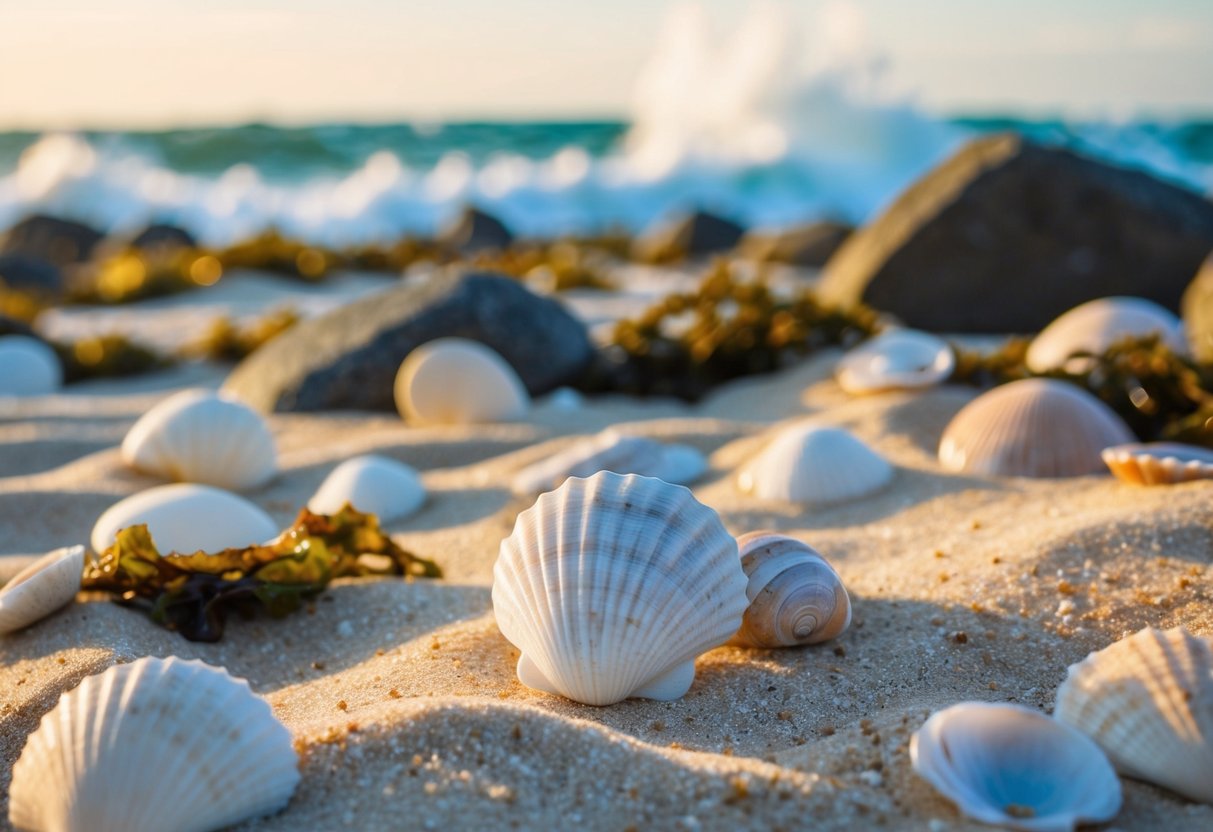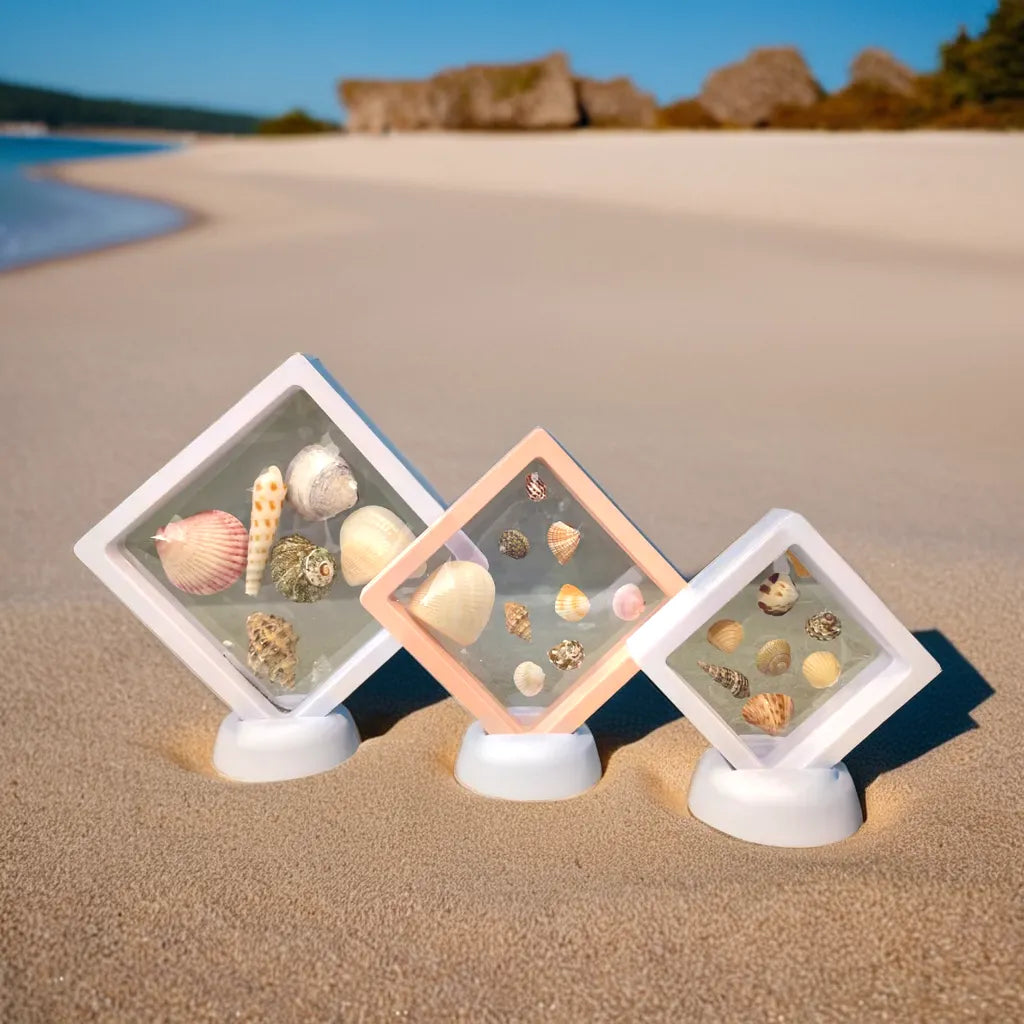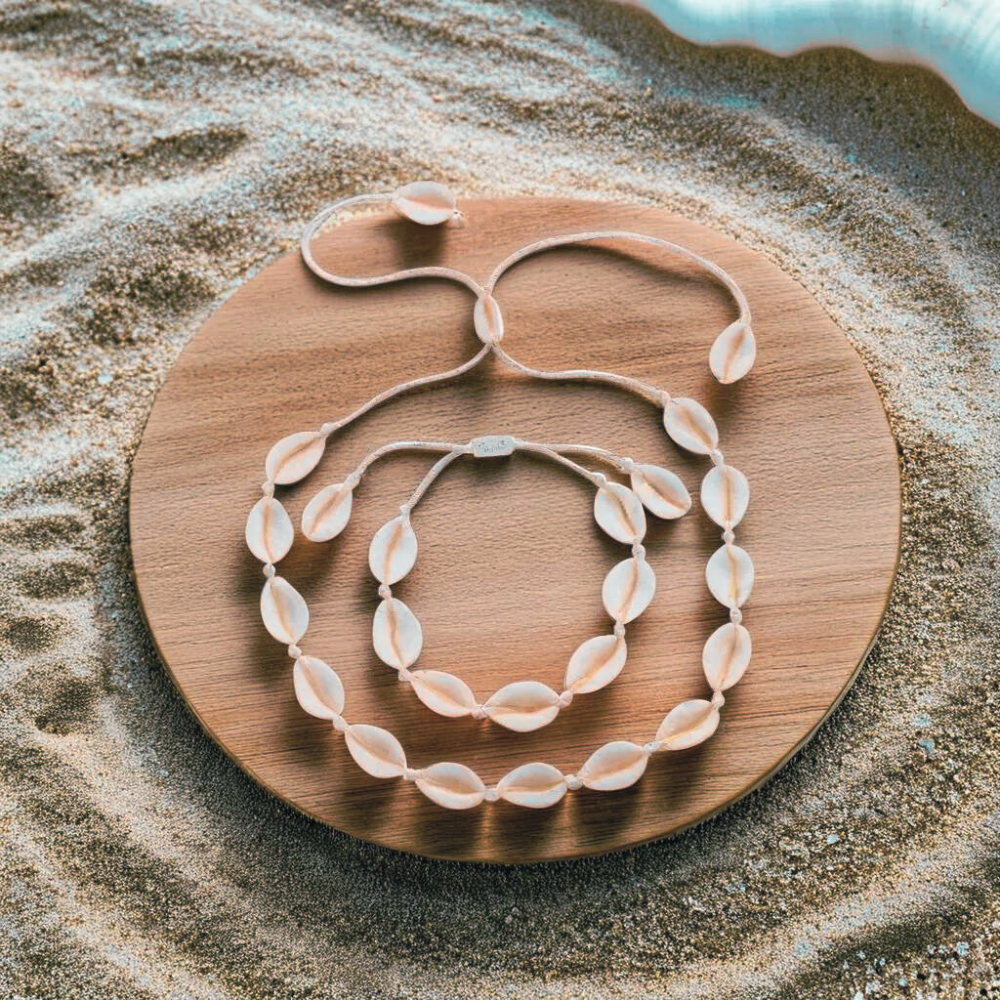Scotland's coastline offers a treasure trove of beaches perfect for shell collecting. From the rugged shores of the Highlands to the sandy stretches of the Hebrides, shell hunters can find an array of beautiful specimens. These beaches not only provide a fun activity for nature lovers but also showcase Scotland's rich marine biodiversity.
 The country's beaches come in many forms, from white sand paradises to pebbly coves. Some feature entire shorelines made up of tiny shells, while others hide sea glass and other ocean treasures. Exploring Scotland's shelling beaches allows visitors to connect with nature and take home unique souvenirs of their coastal adventures.
The country's beaches come in many forms, from white sand paradises to pebbly coves. Some feature entire shorelines made up of tiny shells, while others hide sea glass and other ocean treasures. Exploring Scotland's shelling beaches allows visitors to connect with nature and take home unique souvenirs of their coastal adventures.
 The country's beaches come in many forms, from white sand paradises to pebbly coves. Some feature entire shorelines made up of tiny shells, while others hide sea glass and other ocean treasures. Exploring Scotland's shelling beaches allows visitors to connect with nature and take home unique souvenirs of their coastal adventures.
The country's beaches come in many forms, from white sand paradises to pebbly coves. Some feature entire shorelines made up of tiny shells, while others hide sea glass and other ocean treasures. Exploring Scotland's shelling beaches allows visitors to connect with nature and take home unique souvenirs of their coastal adventures.
1) Balmedie Beach
Balmedie Beach is a stunning coastal gem located just 5 miles north of Aberdeen in Scotland. This beach boasts miles of pristine sandy shores and rolling dunes. Visitors can enjoy long walks along the flat sandy beach, which stretches for several miles in both directions. The beach is backed by an extensive dune system, adding to its natural beauty. Access to the beach is easy via boardwalks from the car park. These wooden paths lead through the dunes to the shoreline, making it accessible for most visitors. Balmedie Beach offers more than just sand and sea. The nearby Balmedie Country Park provides additional amenities for beachgoers. These include toilets, a ranger center, and a children's playground. The beach has gained recognition for its quality. It was recently named among The Times' 50 best beaches in the UK. This ranking highlights its appeal as a top coastal destination. For shell collectors, Balmedie Beach can be a treasure trove. The expansive shoreline offers opportunities to find various types of shells washed up by the North Sea tides.2) St Cyrus Beach
St Cyrus Beach is a hidden gem on Scotland's east coast. This wide sandy beach stretches for miles along the Aberdeenshire shoreline. It sits below towering red granite cliffs that provide a dramatic backdrop. The beach is part of St Cyrus National Nature Reserve. This protected area is home to many rare plants and insects. Beachcombers can find all sorts of treasures washed up on the shore. Shells are plentiful at St Cyrus Beach. You might spot cowrie shells, scallop shells, or even colorful sea glass. The best time for shelling is after storms when new items get pushed onto the sand. Bird watchers will enjoy spotting coastal species like eider ducks and oystercatchers. In summer, you may see butterflies and wildflowers in the dunes behind the beach. St Cyrus Beach has great views of the North Sea. On clear days, you can see for miles along the coastline. The beach is never too crowded, so it's perfect for a peaceful walk. Access to the beach is via a wooden boardwalk. There's a small parking lot at the top of the cliffs. Visitors should check tide times before heading down to the shore.3) Morar Beach
Morar Beach, also known as the Silver Sands of Morar, is a stunning stretch of coastline in the Scottish Highlands. It's located near the village of Mallaig in western Scotland. The beach is famous for its pristine white sand and clear turquoise waters. These features make it a popular spot for beachcombers and shell collectors. Visitors can find a variety of shells along the shore. Common types include cockles, mussels, and scallops. The beach's calm waters and gentle waves help preserve many of these shells. Morar Beach offers beautiful views of the Inner Hebrides islands. On clear days, you can see Rum, Eigg, Muck, and Canna in the distance. The area around Morar Beach is great for walking and exploring. There are several smaller beaches and coves nearby, each with its own charm and shell-hunting potential. While shelling, visitors should be mindful of local wildlife and ecosystems. It's best to collect only empty shells and leave living creatures undisturbed.4) Camusdarach Beach
Camusdarach Beach is a hidden gem on Scotland's west coast. It boasts white sand and clear waters, making it a prime spot for shelling enthusiasts. The beach is located near Morar, just south of the River Morar estuary. Visitors can reach it by taking a short walk from the nearby car park through low dunes. Camusdarach offers stunning views of the Small Isles, including Rum and Eigg. The scenery provides a beautiful backdrop for beachcombers searching for shells. The beach's west-facing position makes it ideal for watching sunsets. In summer, the sun sets late, around 10:20 PM, giving shell collectors extra time to explore. Camusdarach Beach is known for its peaceful atmosphere. It's a great place to escape crowds and enjoy nature while looking for unique shells. The area around the beach is rich in wildflowers during summer months. This adds to the beach's natural beauty and may attract different types of marine life.5) Lunan Bay
Lunan Bay is a gem on Scotland's east coast. This beautiful beach stretches for over two miles, boasting golden sands and stunning views. The bay is framed by low cliffs and backed by sand dunes. It's a perfect spot for beachcombers and shell collectors. Visitors can find a variety of shells along the shoreline. The beach's east-facing position means it often receives interesting specimens washed up by the North Sea. The area has a rich history dating back to Viking times. Today, it's a peaceful haven for nature lovers and shell seekers alike. The Lunan Water cuts through the beach, adding to its unique landscape. This feature creates diverse habitats where different types of shells can be found. Access to Lunan Bay is easy, with a car park available via Lunan Farms. The beach is located between Arbroath and Montrose, making it a great stop on a coastal tour. Shell hunters should respect the natural environment and local guidelines. Taking a few shells as souvenirs is usually fine, but it's important to leave the beach as you found it.6) Achmelvich Beach
Achmelvich Beach is a gem on Scotland's west coast. It boasts stunning white sands and crystal-clear turquoise waters. The beach sits in a sheltered bay near the village of Lochinver. Visitors can enjoy breathtaking views of the islands of Lewis and Harris from the shore. The beach is divided into sections by granite outcrops, creating unique areas to explore. Achmelvich has earned the prestigious Blue Flag award for its cleanliness and water quality. This makes it a top choice for beachgoers and shell collectors alike. The beach attracts water sports enthusiasts during summer months. Windsurfing, kayaking, and water skiing are popular activities here. For those interested in hiking, the area around Achmelvich offers scenic walks. The famous Suilven mountain is nearby, providing a challenging climb for adventurous visitors. Achmelvich Beach is best visited between June and August. These months offer better weather and longer daylight hours for outdoor activities.7) Sandwood Bay
Sandwood Bay is a hidden gem on Scotland's northwest coast. This remote beach boasts nearly 1.5 miles of pristine pink sand. The bay faces the North Atlantic, offering wild and spectacular views. Towering sand dunes and a freshwater loch frame the beach's backdrop. To the south stands Am Buachaille, an impressive sea stack that adds to the scenery. The beach is flanked by dramatic cliffs on both sides. Reaching Sandwood Bay requires effort. Visitors must hike 4 miles from the nearest parking area. This trek takes about an hour each way. The bay's remoteness keeps it peaceful and unspoiled. It's often described as one of Britain's most beautiful beaches. While known for its beauty, Sandwood Bay also has a mysterious side. Local legends and stories surround this secluded stretch of coastline. For shell seekers, the long expanse of sand offers ample opportunities to find treasures washed up by the Atlantic waves.8) Singing Sands in Gortenfern
Singing Sands, also known as Camas an Lighe, is a beautiful beach in the Ardnamurchan peninsula of Scotland. It sits near the village of Gortenfern in the northeast part of the region. The beach gets its name from an unusual feature. The sand here can make a whistling sound when the wind blows over it or when people walk through it. This happens because of the special shape and size of the sand grains. Singing Sands is part of a larger protected area. It includes dunes and rare plants that grow in the sandy soil. The beach is known for its natural beauty and calm atmosphere. Visitors can reach Singing Sands by following a flat walking path. The trail goes around Kentra Bay and through a forest before reaching the beach. This walk offers nice views of the surrounding area. Shell collectors may find interesting specimens on this beach. The clean sand and quiet setting make it a good spot for beachcombing and enjoying nature.9) Tentsmuir Sands
Tentsmuir Sands is a stunning beach located near the mouth of the Tay Estuary in Fife, Scotland. It boasts a wide expanse of clean sand backed by grassy dunes and Tentsmuir Forest. The beach is part of Tentsmuir National Nature Reserve, which covers a large area along the coast. Visitors can enjoy walks on the extensive sand dunes and explore the surrounding forest trails. Tentsmuir Sands offers excellent opportunities for shelling enthusiasts. The long stretch of beach provides ample space to search for interesting shells and other marine treasures washed up by the North Sea. While swimming is not recommended due to strong currents, the beach is perfect for leisurely strolls and enjoying the coastal scenery. Visitors might spot grey and common seals basking on nearby sandbanks. The area has a rich history, with evidence of human activity dating back thousands of years. Remains of World War II defenses can be found on the beach and in the forest, adding historical interest to the natural beauty.10) Seacliff Beach
Seacliff Beach is a hidden gem on Scotland's east coast. Located 5 miles south of North Berwick in East Lothian, this secluded spot offers a peaceful retreat for shell collectors. The beach boasts fine sand and clear waters, perfect for beachcombing. Visitors can find a variety of shells washed up on the shore, including cockles, mussels, and limpets. A unique feature of Seacliff is its tiny sandstone harbor, said to be the smallest in the UK. This sheltered area can be a good spot to search for smaller shells and sea glass. The beach is privately owned, with a small entry fee for cars. This helps keep crowds down, making it easier to spot shells without competition. Seacliff's dramatic setting adds to its appeal. The ruins of Tantallon Castle overlook the beach, creating a picturesque backdrop for shell hunting adventures. Dog owners will be pleased to know that Seacliff is dog-friendly. Pups can join in the fun of exploring the shoreline and sniffing out interesting finds.The Unique Charm of Shelling in Scotland
Scotland's coastline offers a treasure trove for shell seekers. Its shores are home to diverse marine life and unique geological features that create ideal conditions for shell collecting.Scotland's Diverse Shoreline
Scotland's coast spans over 11,000 miles, including its many islands. This vast shoreline has sandy beaches, rocky cliffs, and tidal pools. Each area has its own mix of shells to discover. Some top shelling spots include Luskentyre Beach on Harris and Sandwood Bay in Sutherland. These beaches are known for their pristine sands and shell-rich shores. Coral beaches, like the one near Plockton, offer a unique shelling experience. These beaches are made up of broken coral-like algae, creating a stark white shoreline.Marine Life and Shell Species
Scotland's cold waters support a rich variety of marine life. This leads to a wide range of shells for collectors to find. Common finds include:- Scallop shells
- Cockles
- Whelks
- Limpets
- Mussels































